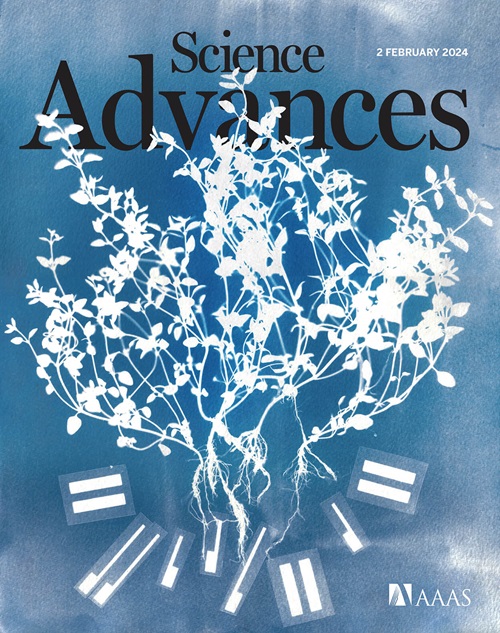The clinical antiprotozoal drug halofuginone promotes weight loss by elevating GDF15 and FGF21
IF 11.7
1区 综合性期刊
Q1 MULTIDISCIPLINARY SCIENCES
引用次数: 0
Abstract
Obesity is a debilitating global pandemic with a huge cost on health care due to it being a major underlying risk factor for several diseases. Therefore, there is an unmet medical need for pharmacological interventions to curb obesity. Here, we report that halofuginone, a Food and Drug Administration–approved anti-scleroderma and antiprotozoal drug, is a promising anti-obesity agent in preclinical mouse and pig models. Halofuginone suppressed food intake, increased energy expenditure, and resulted in weight loss in diet-induced obese mice while also alleviating insulin resistance and hepatic steatosis. Using molecular and pharmacological tools with transcriptomics, we identified that halofuginone increases fibroblast growth factor 21 (FGF21) and growth differentiation factor 15 (GDF15) levels via activating integrated stress response. Using Gdf15 and Fgf21 knockout mice, we show that both hormones are necessary to elicit anti-obesity changes. Together, our study reports the beneficial metabolic effects of halofuginone and underscores its utility in treating obesity and its associated metabolic complications, which merits clinical assessment.

求助全文
约1分钟内获得全文
求助全文
来源期刊

Science Advances
综合性期刊-综合性期刊
CiteScore
21.40
自引率
1.50%
发文量
1937
审稿时长
29 weeks
期刊介绍:
Science Advances, an open-access journal by AAAS, publishes impactful research in diverse scientific areas. It aims for fair, fast, and expert peer review, providing freely accessible research to readers. Led by distinguished scientists, the journal supports AAAS's mission by extending Science magazine's capacity to identify and promote significant advances. Evolving digital publishing technologies play a crucial role in advancing AAAS's global mission for science communication and benefitting humankind.
 求助内容:
求助内容: 应助结果提醒方式:
应助结果提醒方式:


